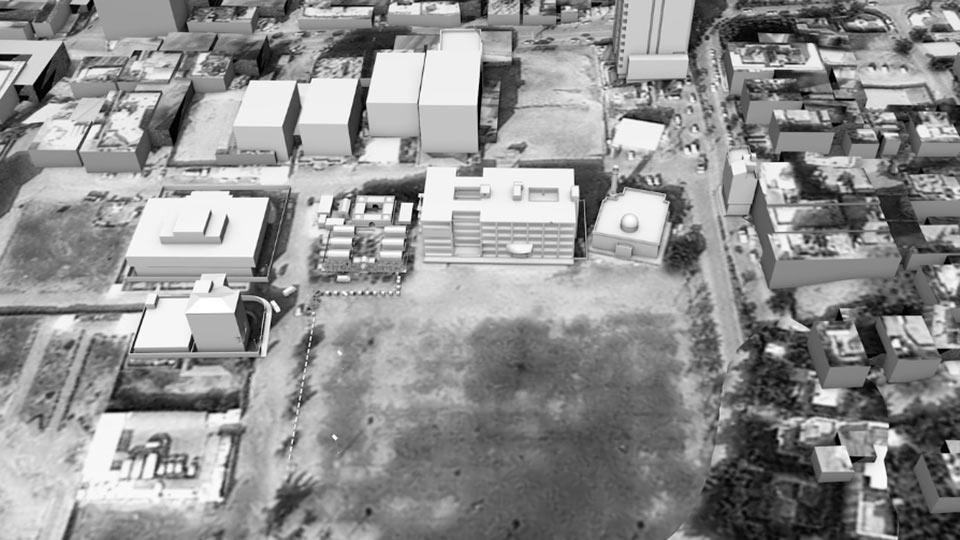Film of ‘warning strikes’ doctored after deaths, study finds
Primary page content
Video footage of so-called ‘non-lethal warning strikes’ released by the Israeli military was manipulated before publication, an investigation into the deaths of two Palestinian teenagers has concluded.

Forensic Architecture (FA), an independent research agency based at Goldsmiths, University of London, worked with Israeli human rights organisation B’Tselem to examine the Israeli military’s account of the strike on a partially-constructed building in Gaza city.
On 14 July 2018 at around 6pm, the al-Katibah site was the target of an airstrike consisting of four initial missiles, followed by four larger strikes.
The first missile – which should have been the first of four ‘warning strikes’ – killed 14-year-olds Amir a-Nimrah and Luai Kahil as they sat on the building’s roof.
Following the attack, Israeli military published footage through their Twitter account which purportedly showed four legitimate warning strikes. Known as ‘roof-knocking’, warning strikes are supposed to be conducted with ‘non-lethal’ explosives, and are meant to send a message to civilians to evacuate an area.
Forensic Architecture’s investigation concludes that the first strike was fatal and had been removed from released footage. In its place was footage of one of the later warning strikes, shot from a different angle.
The attack was documented at the time by a number of other sources, including CCTV cameras installed nearby, video material shot on the ground, and social media reports from local civilians. These sources were used by FA and B’Tselem researchers to establish a definitive timeline of events.
They demonstrated that the strike missing from the sequence of videos published by the military was the one which killed a-Nimrah and Kahil and damaged a cultural centre and mosque close to the al-Katibah building.
It is unknown whether the two teenagers were visible to the military before the first strike. The researchers conclude that if they were not visible, Israeli military cannot justifiably rely on its aerial surveillance technologies to avoid civilian causalities. If the teenagers were visible, they should not have been targeted.
Eyal Weizman, Director of Forensic Architecture, said: “We decided to spend time investigating this case because warning strikes are an essential part of the Israeli military’s claims to high ethical standards. But such warnings are sometimes delivered with the same missiles that are used elsewhere to kill.
“As a result, it’s no surprise that these warning strikes can kill the very civilians they are purportedly meant to warn, or that the message they are meant to deliver is often misunderstood.”
Nicholas Masterton, Forensic Architecture researcher and project coordinator, said: “The wealth of images and videos in this case allowed us to conduct a rigorous independent investigation, and to challenge the Israeli military’s claims. We could not only show that Luai Kahil and Amir a-Nimrah were killed by a deadly missile, but also expose the underhanded way in which the Israeli military presented details of such strikes to the public.”
Visit forensic-architecture.org for more information.
Watch the video Lethal Warning: The Killing of Luai Kahil and Amir a-Nimrah on Vimeo.
Forensic Architecture is based in the Department of Visual Cultures. Goldsmiths offers two optional modules engaging with the work of Forensic Architecture and the Centre for Research Architecture more broadly. These are open to final year students studying in all BA programmes across college, with 10 places ring-fenced for Visual Cultures students.